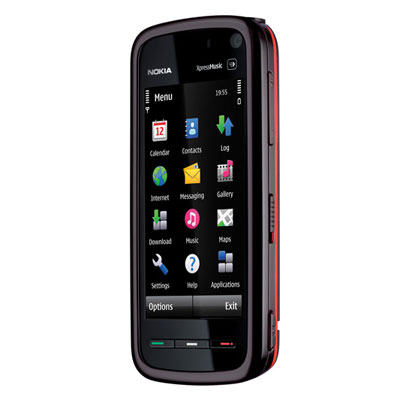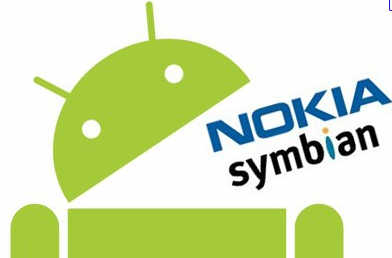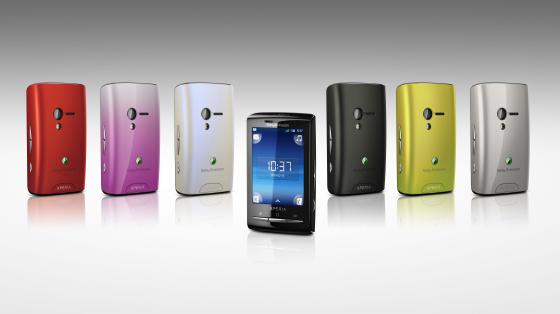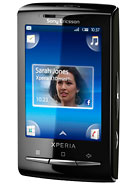 I've been using an Android phone for a few weeks now, and while mostly good, my experience hasn't been without its problems and frustrations. Coming from a Nokia and Symbian experience, it's impossible not to make comparisons.
I've been using an Android phone for a few weeks now, and while mostly good, my experience hasn't been without its problems and frustrations. Coming from a Nokia and Symbian experience, it's impossible not to make comparisons.The phone I'm using now is definitely not one of the best examples of Android available, but I expect many of my thoughts are generic. The Sony Ericsson Xperia X10 Mini is very much an entry level smartphone, but its most limiting factor is that it is still running Android 1.6 (Donut). Hopefully that will change before the end of October, when the upgrade to 2.1 (Eclair) is due. Anyway, to put it into context, my previous phone was a Nokia XpressMusic 5800, Nokia's first effort at a touchscreen phone. However, I have also spent some time with an N97 Mini, so I'm fairly familiar with the S60 V5 software, and its capabilities and limitations.
 As a Google self-proclaimed fanboy I really want to like Android. However, it's lack of polish came as a big surprise. The OS, certainly in 1.6 form, feels unfinished. Considering the speed at which update are being churned out, maybe this version should be considered unfinished! But worries me is that maybe this is the Android Team's approach, and all versions will be like that.
As a Google self-proclaimed fanboy I really want to like Android. However, it's lack of polish came as a big surprise. The OS, certainly in 1.6 form, feels unfinished. Considering the speed at which update are being churned out, maybe this version should be considered unfinished! But worries me is that maybe this is the Android Team's approach, and all versions will be like that.So what am I talking about? Mainly, it has to do with the features available natively on the phone. For example, Nokia have long offered the option for an ascending alarm ringtone. There's nothing worse than waking to an alarm at full volume! Such a basic feature, you'd think it would be standard on every phone. For sure, if I was developing a new OS, it's just one of the things I would have on my list of essential features. But not Android. Sure, I was able to download a free app (AlarmDroid) that includes that feature, but that's exactly what worries me about the success of Android in the market. Most of the people I know don't want to be bothered with trying to find an alarm app to download; they expect it to come standard, and if it doesn't they'll tell their mates about the lack of features! The Android Team shouldn't be leaving it to the app developers to supply the features for their phones; they should be building those features into the OS.
Of course, the alarm feature isn't the only example. I've had to download an app to monitor data usage (NetCounter), another to add an alarm and pop-up notification for calendar events (Android Agenda Widget), and a third to pull my calendar events into a widget on one of the homepages (Calendar Snooze). These features are standard on Nokia's phones.
Of course, there's a huge amount being written by how important apps are in the post iPhone world. Apple and Google are even adding App Stores to their desktop OS's. And there are some fantastic apps available; many for free. Apart from the obvious Twitter, Facebook and Foursquare ones, I've been very impressed with the likes of Endomondo and CardioTrainer (both for sports tracking via GPS), doubleTwist (music and podcast syncing and playing), and Google's own Google Goggles (search via photos taken on your phone). My point is that many of these, or variations of these, are also available in Nokia's Ovi Market.
However, I will pursue with my Android phone for a while longer, and I hope that upcoming upgrades (Gingerbread, Honeycomb) will add the polish that Android needs.
Thanks for reading!











